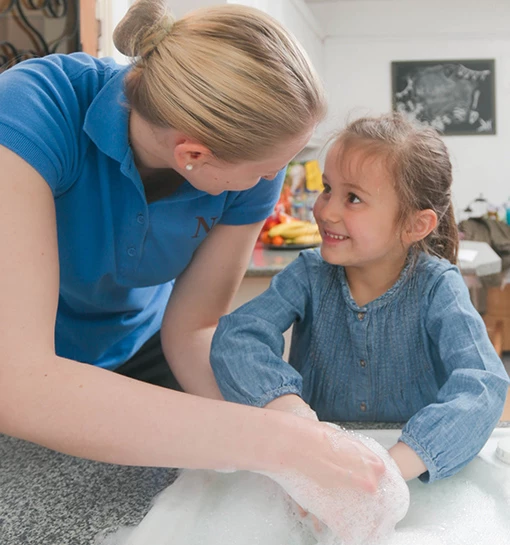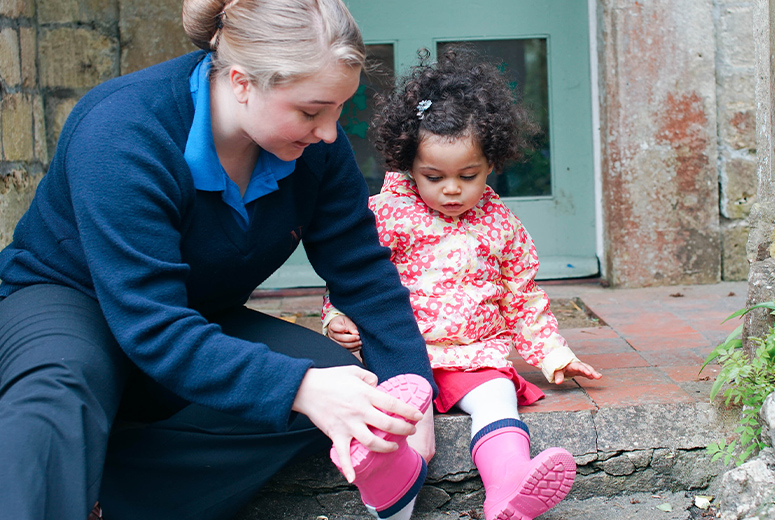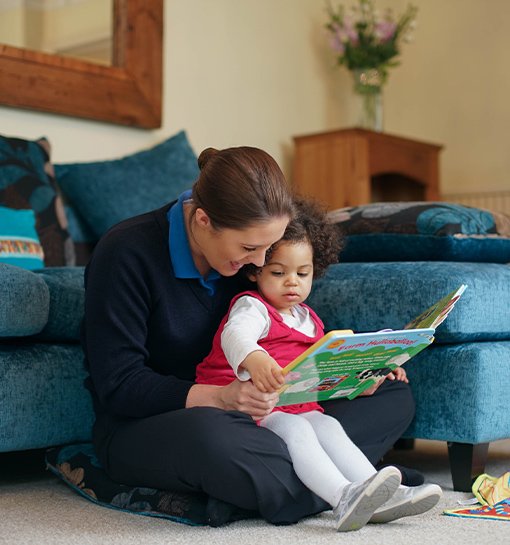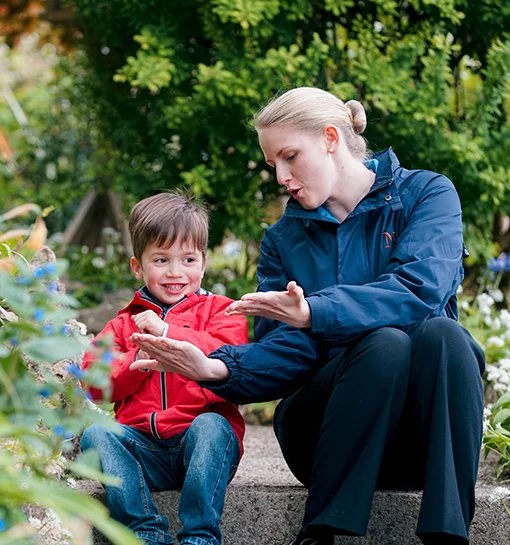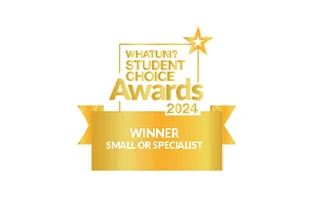How to teach good hygiene practices to young children
20 August 2020

Julia Gaskell, Head of Consultancy and Training and a Norlander, has put together a list of methods to teach good hygiene.
Coronavirus is not going away any time soon, so how do we teach our little ones to stay safe with good hygiene practices?
Good hygiene practices include:
- Washing hands:
- after using the bathroom
- after coughing, sneezing or blowing their nose
- before eating meals or snacks
- after playing outdoors
- after touching animals or pets
- Encouraging children to leave their bags, coats and shoes at the entrance to the home (to prevent any bacteria from outside being transmitted through the house).
- Eating plenty of fresh fruit and vegetables (for a healthy immune system)
- Changing clothes when they come home from school (to prevent any bacteria that might be on their clothes being transmitted to other through the house)
- Encouraging children to cough or sneeze into their elbow rather than with their hand – practise it with them.
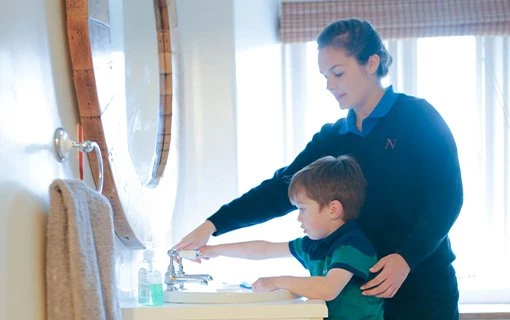
“Make sure that your child sees you doing it properly. Remember children will imitate what you do, good or bad!”
Here are some tips:
1. Make it fun!
By not making it a punishment or chore, children will be more likely to engage. For example, sing songs, use props, and get their toys involved. There is plenty online to inspire you!
2. Make these activities part of your child’s daily routine so that they become a habit
Be consistent even when out and about so that your child receives a clear message. See our separate blog on establishing routines for more ideas
3. Lead by example
Make sure that your child sees you doing it properly. To begin with you could do it quite conspicuously so that it is obvious. Remember children will imitate what you do, good or bad!
4. Use available resources
There are some great resources out there, mostly free, on YouTube and websites. You could download a poster and put it in the bathroom. Books can be a useful way of introducing and exploring a topic. If they have a favourite character or hero, include them in some way.
5. Handwashing
Sing a song whilst you wash hands so that you are sure they are doing it for the recommended period of time. Change the songs regularly so that they don’t get bored. Again, there are lots of examples online! You could always adapt their favourite song to fit the timing.
Allow them to be as independent as possible whilst washing hands – look at the bathroom from the child’s eyes – can they easily reach everything they need?
Allow children to choose their own soap and towel – that way they might be more likely to use it
If using anti-bacterial gel with young children supervise its use. Encourage children not to touch their eyes, nose, or mouth as it can be irritating to those areas.
6. Regularly check that how they are washing their hands is correct
Try not to nag – be light-hearted and make sure that they see you doing it correctly.
7. Make sure children understand why good hygiene measures are important
Be as factual as appropriate to their age. Don’t frighten them but be honest. Isabel Mohan from Tiney suggests putting glitter on a child’s hands as a tool for demonstrating to a child how germs can spread.
Do not dismiss their worries however implausible, listen carefully and answer their questions. If you don’t know the answer you could look it up together.
Good hygiene practice is an essential life skill and now, more than ever, it is good to consider how we can best equip our children for the future.
